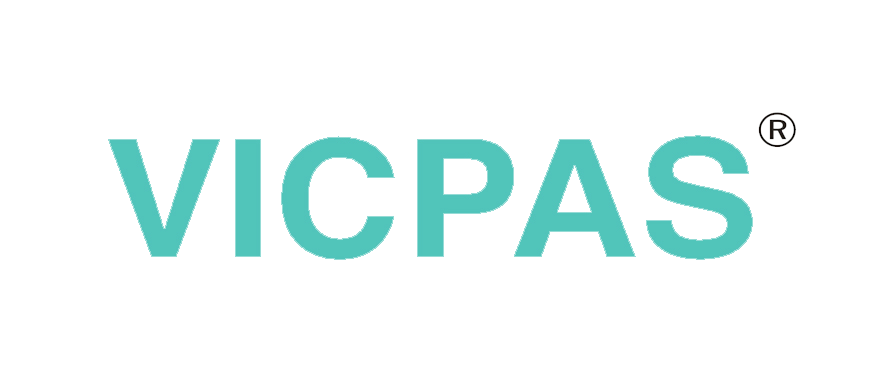Can VIZIO Cross Over from TVs to PCs?
Can VIZIO Cross Over from TVs to PCs?
News that VIZIO plans to enter the PC market caught quite a few CES attendees off-guard, and it was a common topic of conversation at the show this week. The company announced plans to market all-in-one (AIO) and notebook PCs.
There seem to be good reasons for VIZIO to enter the PC market from a supply-chain perspective. Many of VIZIO’s panel suppliers and assemblers make both LCD TVs and PCs. With VIZIO being a leading brand in the North American LCD TV market, it certainly has purchasing power for LCD panels, a key component of both AIO and notebook PCs.
This announcement also makes sense from a distribution standpoint in that VIZIO is quite strong in US retail. While the brand fell from its number one spot in the North America LCD TV market in 2011, it still has a higher market share than Sony, Toshiba, LGE, Sharp, and Panasonic.
Finally, while it may seem strange, the PC market has higher margins than the TV market; therefore, the strategy seems to make sense for a TV-centric company to continue to diversity its portfolio. With AIO PCs growing 39% Y/Y from 2010 to 2011, there is likely room for additional players. At the same time, notebook PCs are forecast to see at least an 11% Y/Y growth rate in 2012, thanks to new form factors like ultrabooks.
There are some reasons, however, to question the strategy. VIZIO is not the first company of its kind to try to make the cross-over from TVs to PCs (and vice versa). Back in the early 2000s, Dell, HP, and other PC companies tried to parlay their flat-panel purchasing power from monitors and notebooks into TVs, without success. Maybe a better comparison would be ViewSonic, also a strong LCD purchaser, which tried to parlay its success in monitors-at the time a bigger market than LCD TVs-into both TVs and PCs; however, neither of them panned out. There are also differences; for example, ViewSonic was not a strong consumer brand.
But ViewSonic was quite strong in small-to-medium (SMB) and other B2B markets, and had strong channel partner relationships and brand awareness. However, this presence and the supply-chain synergies were not enough to allow ViewSonic to compete in the PC market. One of the key challenges was meeting the support demands of end customers. VIZIO might indicate that it has gained experience in supporting demanding consumer needs, for example with smart TVs, but the combination of hardware, operating system, and software application support that PC users require will likely be much more difficult.
Digging deeper into the growth potential for the PC space also does not bode well for US-centric VIZIO. In 2011, AIO shipments in North America dropped 8%; the growth came instead from China (up 178% Y/Y) and Latin America (up 107%). Likewise, notebook PC shipments (not including tablet or mini-note PCs) were up only 3% Y/Y in North America. Of course the area of most significant growth will be tablet PCs, with a projected growth rate of 58% in North America in 2012, but VIZIOs 8″ tablet has yet to catch the attention of consumers the way Apple’s iPad or Amazon’s Kindle Fire have.


